With over 194 member states, the United Nations Educational, Scientific, and Cultural Organization (UNESCO) focuses heavily on world peace. Its emphasis is to look at different ways to utilize topics like education, arts, sciences, and culture to create a conversation among nations.
As part of its efforts, UNESCO has also established World Heritage Sites. These locations are of cultural and natural importance to their home country. Of the 1,999 sites, there are 25 located inside the United States.
Mesa Verde National Park
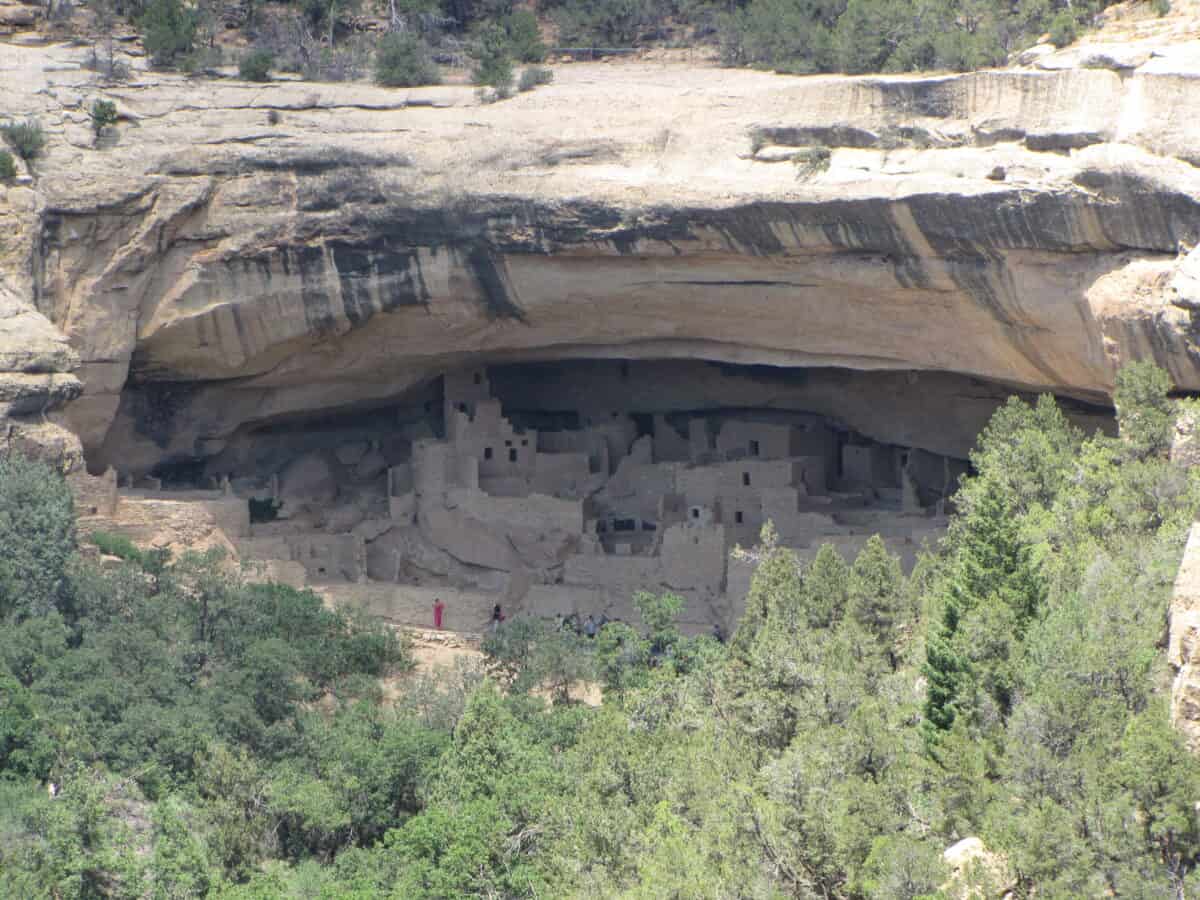
©Rohaden / CC BY-SA 3.0 – Original / License
Occupied by the ancient Pueblo people between the 6th and 12th centuries, homes built into the cliffs and faces of the rock have been recognized by UNESCO. A total of around 100 rooms can still be visited by tourists climbing on ladders.
Yellowstone National Park
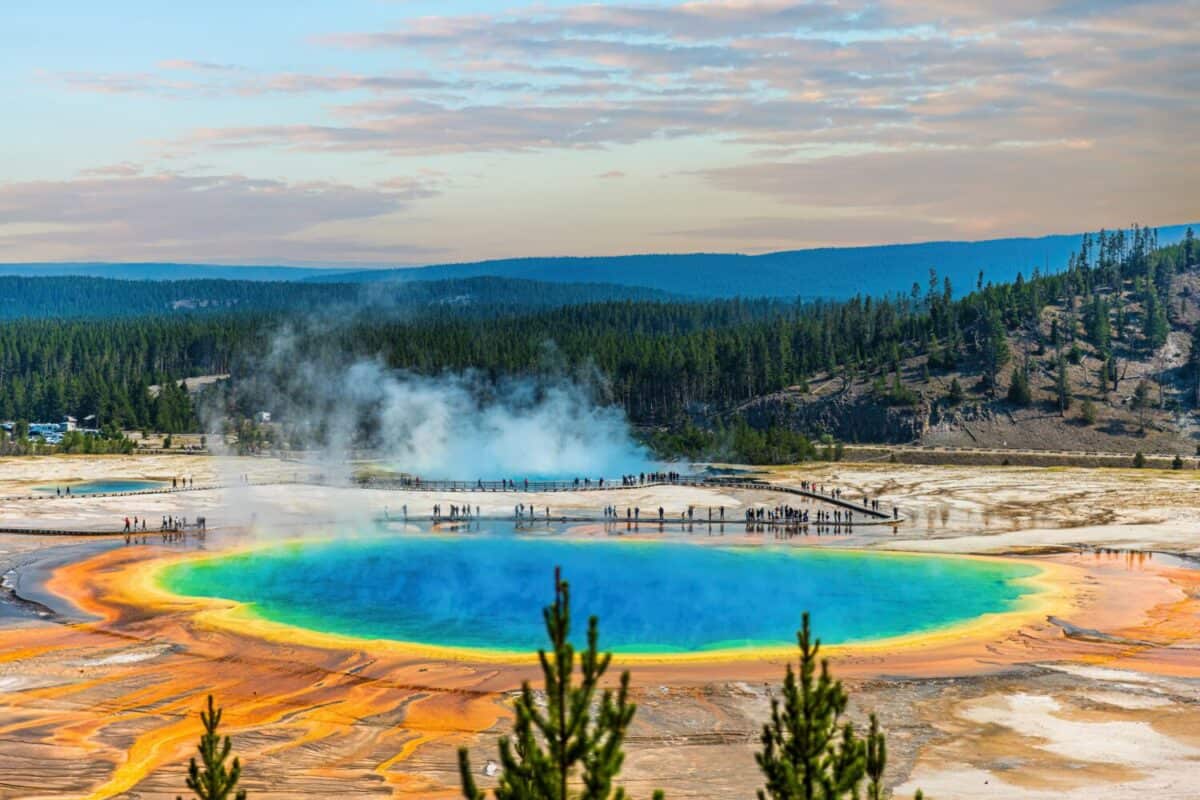
©Framalicious/Shutterstock.com
The first national park, Yellowstone National Park covers over 3,500 square miles. Yellowstone has the largest concentration of geysers in the world, containing half of the world’s known geothermal activity. The park is also known for its diverse wildlife including wolves, bears, and bison.
Kluane / Wrangell-St. Elias / Glacier Bay
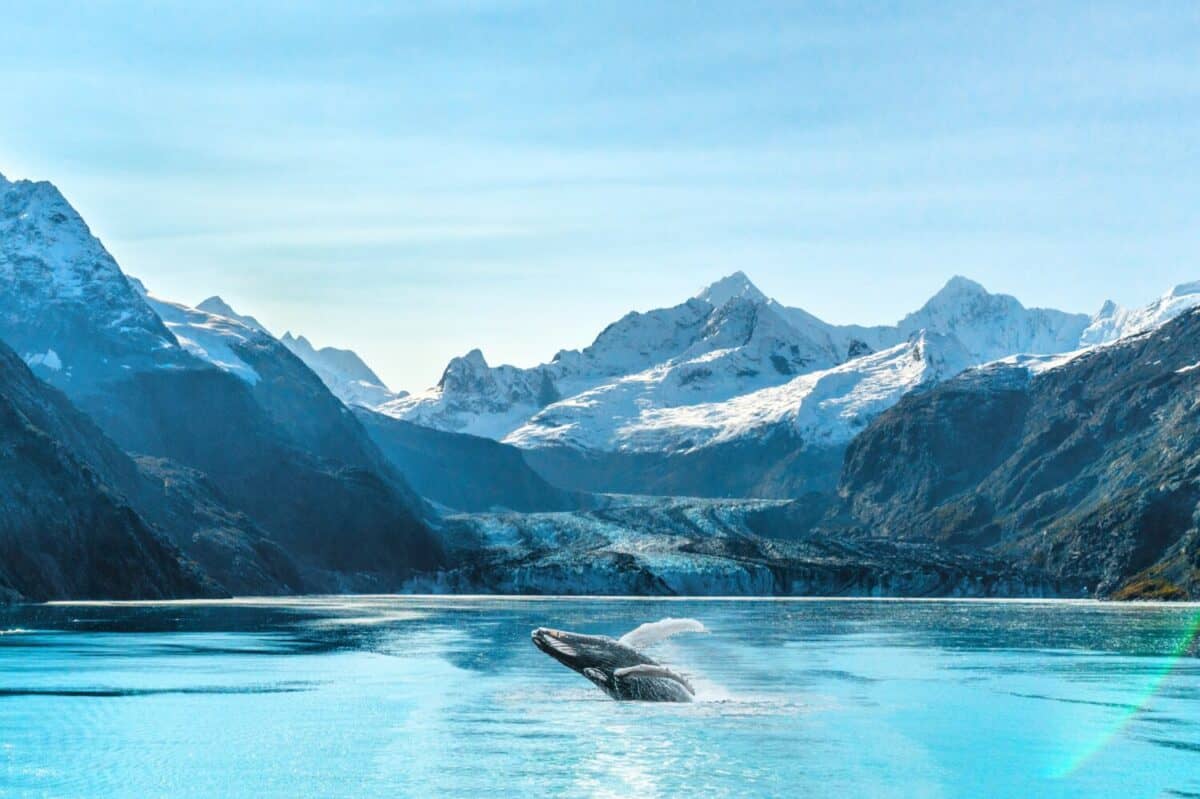
©Maridav/Shutterstock.com
A total of four national parks create one large Unesco World Heritage Site. Spanning multiple glaciers and peaks, the area extends into Alaska as well as the Yukon Territory of Canada. The area is popular for spotting endangered caribou, bears, and wolves.
Grand Canyon National Park
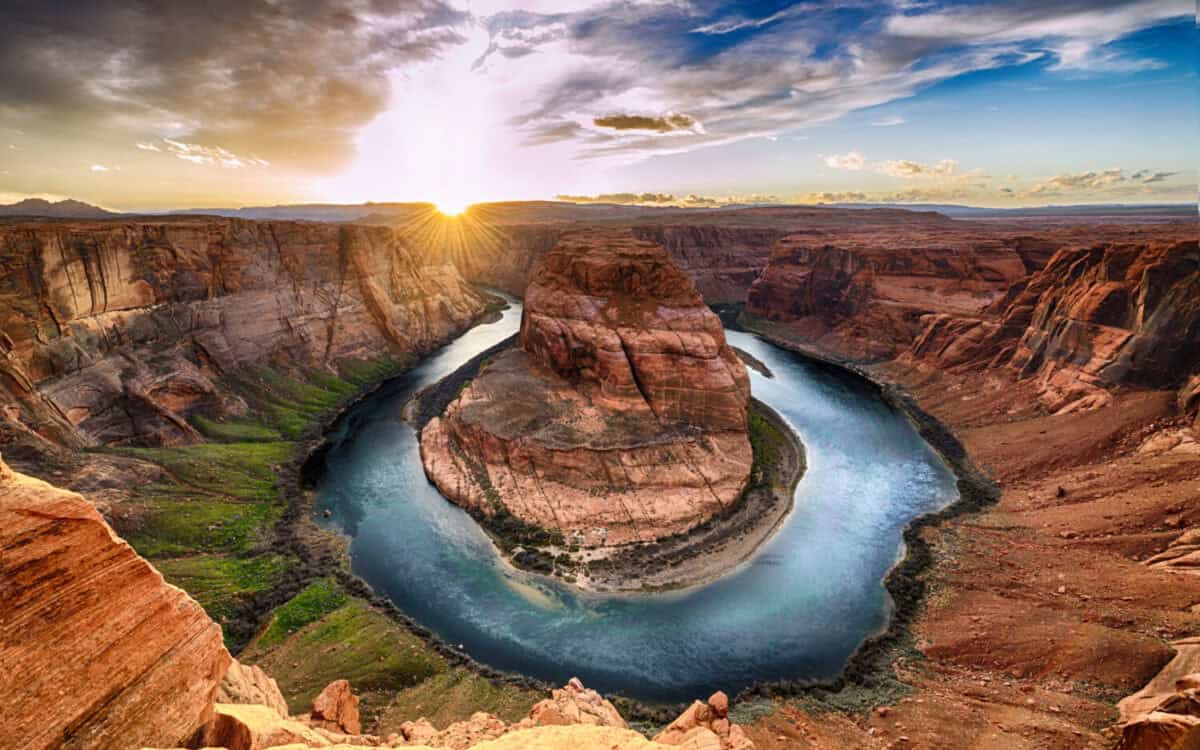
©Wisanu Boonrawd/Shutterstock.com
Up to 4,920 feet deep at times, Grand Canyon National Park is one of the most popular tourist locations in the U.S. Carved out by the Colorado River, the area is so big you could fit the entire state of Rhode Island into the park.
Everglades National Park
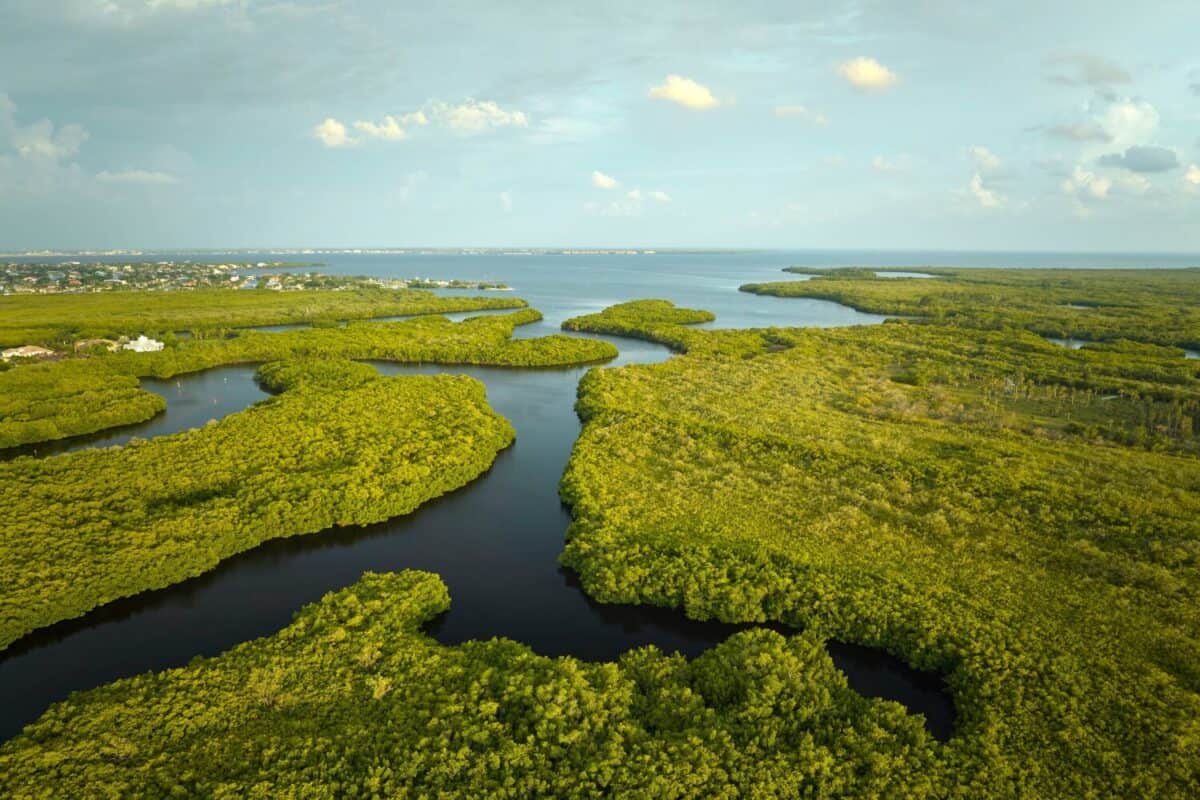
©Bilanol/Shutterstock.com
In an area of vast wetland in southern Florida, Everglades National Park, there are several endangered animals including the manatee. UNESCO considers the Everglades one of the largest subtropical wilderness sites in North America.
Independence Hall
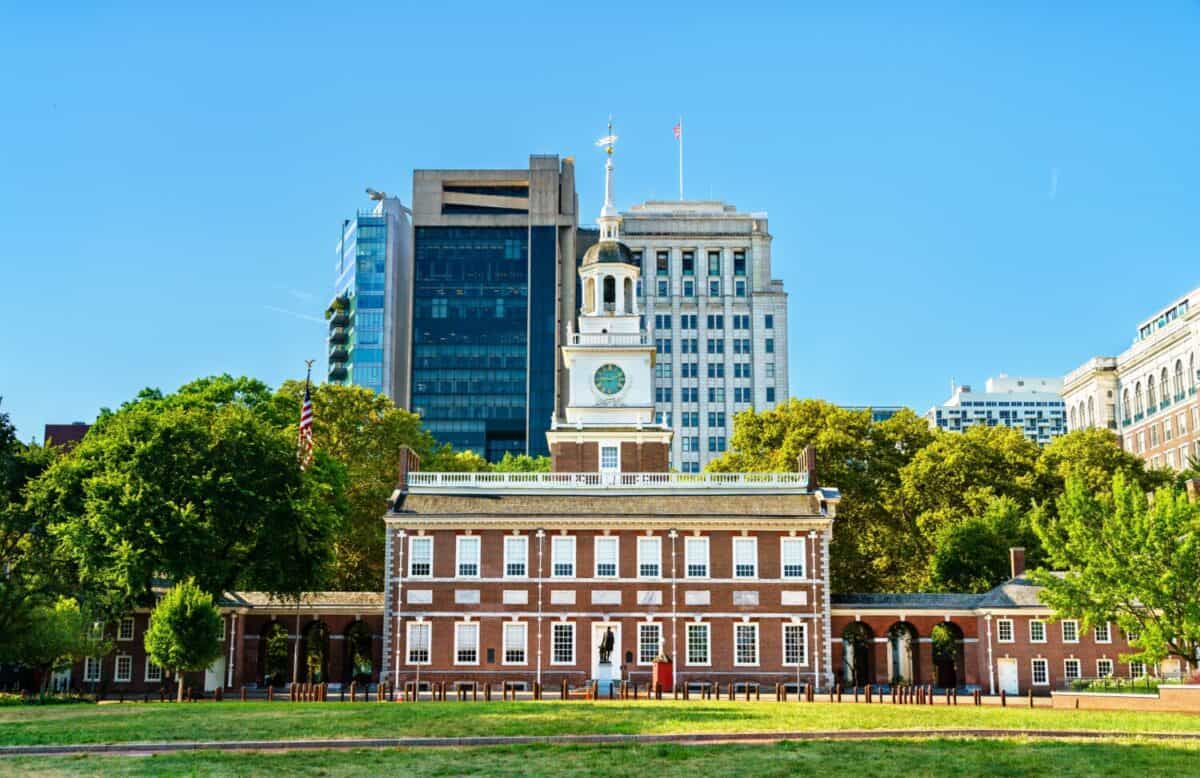
©Leonid Andronov/Shutterstock.com
Home to the signing of both the Declaration of Independence and the Constitution, Independence Hall in Philadelphia is a popular UNESCO site. There is little doubt this is one of the most important buildings in American history.
Redwood National and State Parks
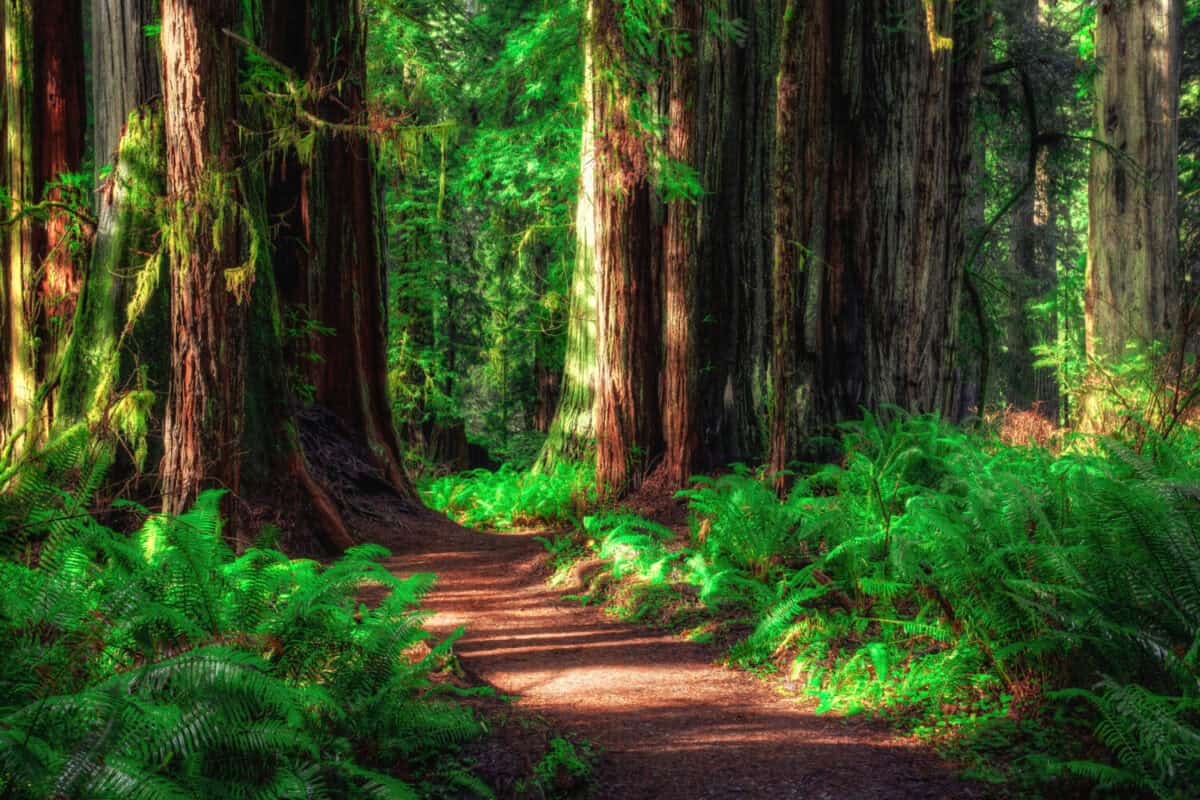
©Stephen Moehle/Shutterstock.com
Spread over the coast of Northern California, the Redwood Forest area is home to some of the tallest trees on Earth. With the trees dating back over 160 million years, the area is also home to a diverse set of animals and plants.
Mammoth Cave National Park
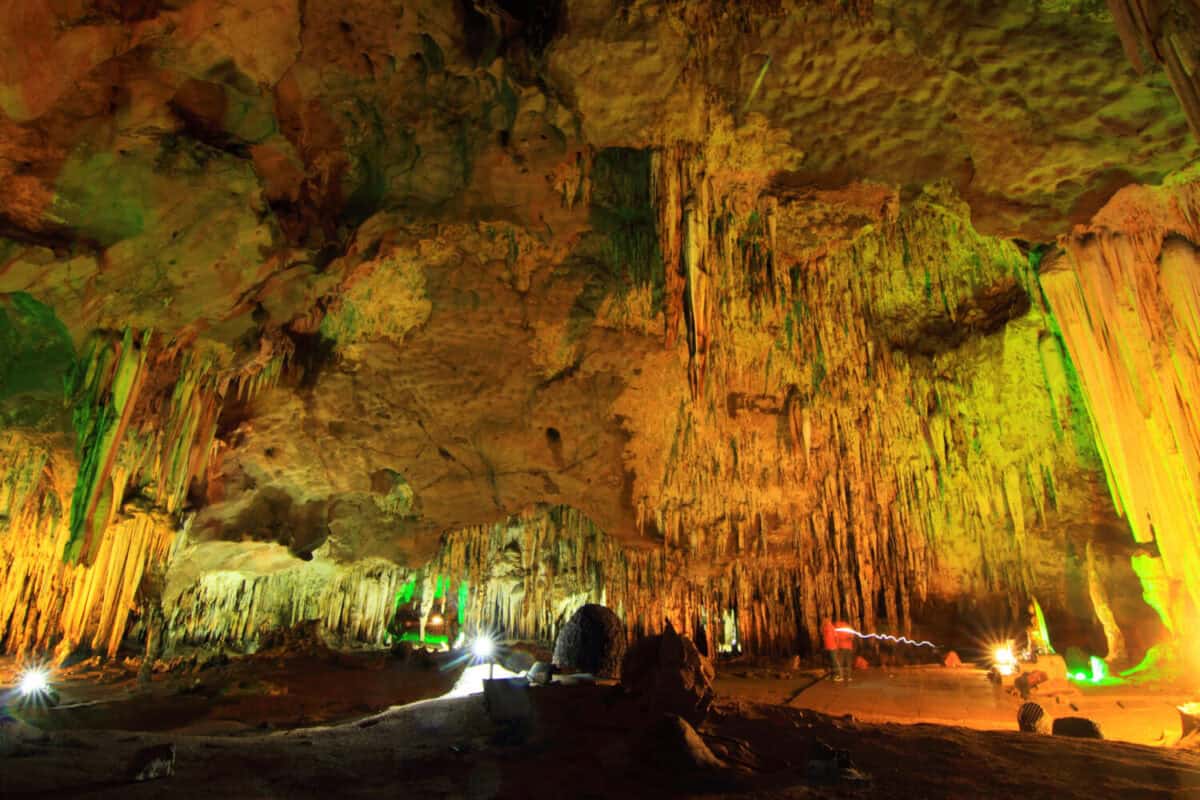
©rukawajung/Shutterstock.com
The longest cave system in the world, there are over 426 miles of networking caves and passageways. The park is home to more than 130 species, including a variety of different flora and fauna.
Olympic National Park
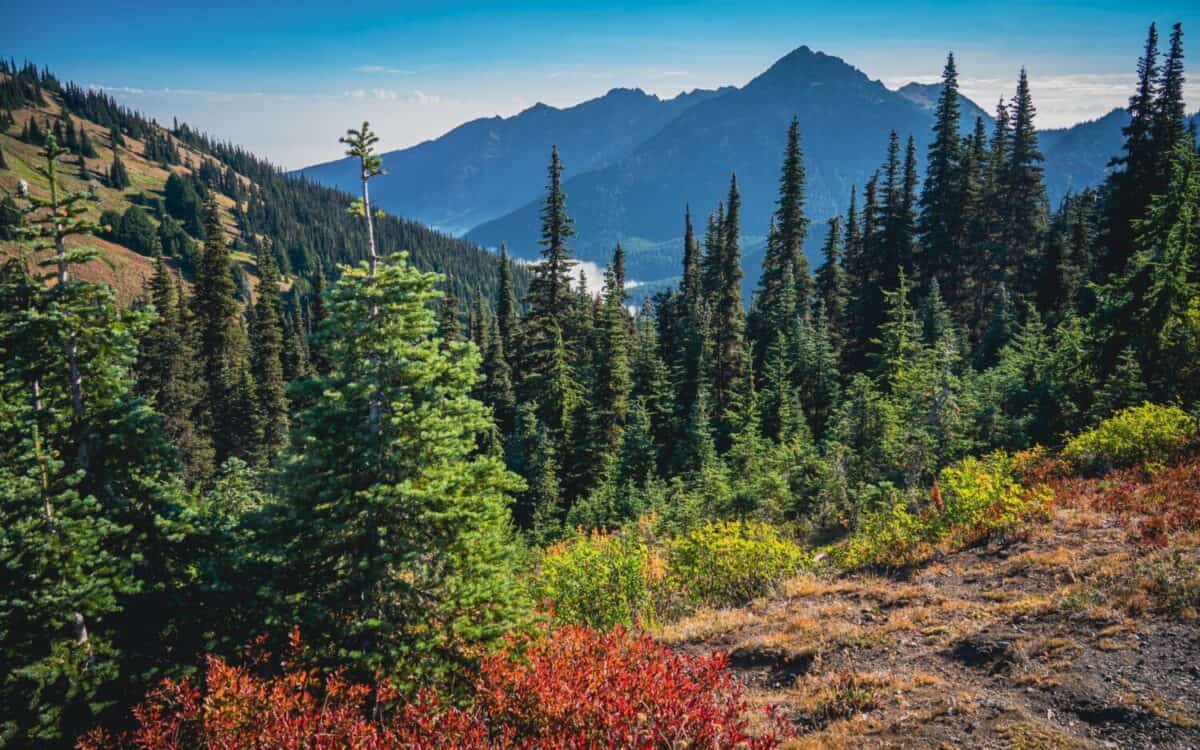
©JMY Photography/Shutterstock.com
Located in Washington, Olympic National Park is highly regarded for the diversity of its ecosystem. If you visit this area, you can find unique animals like the northern spotted owl, bull trout, and marbled murrelet.
Cahokia Mounds State Historic Park
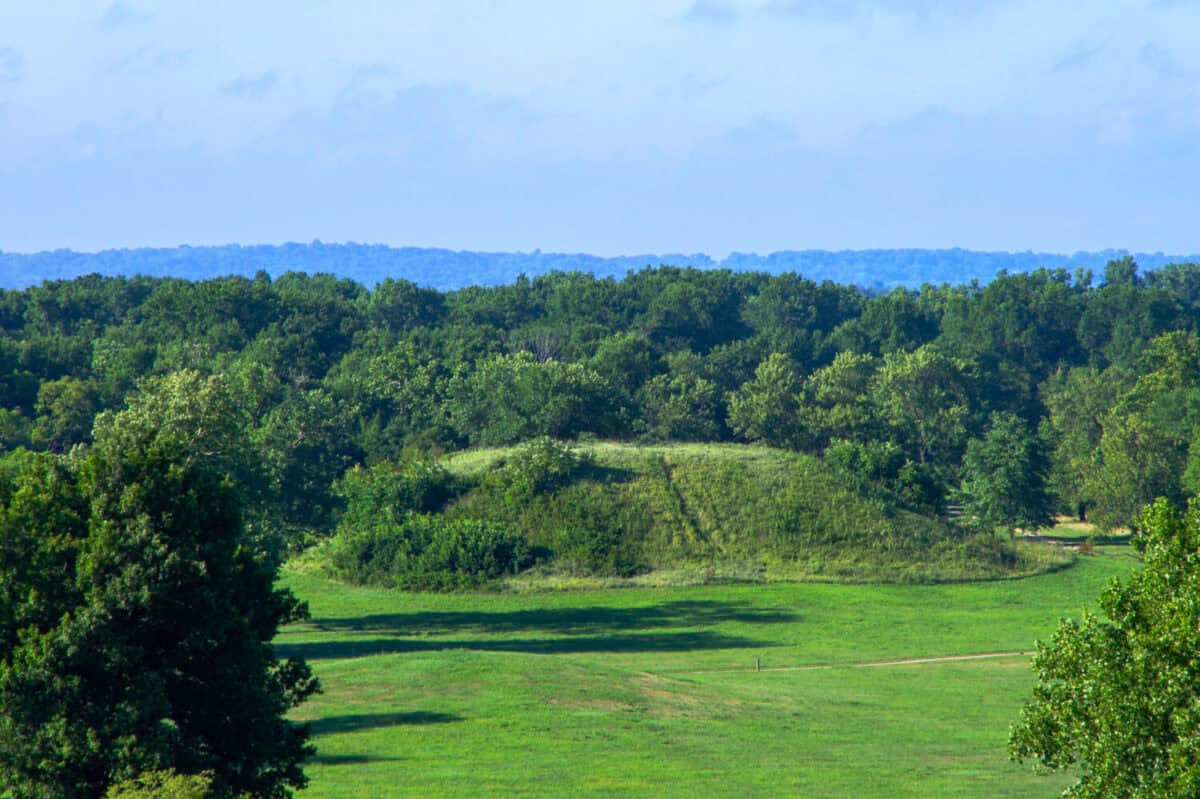
©RozenskiP/Shutterstock.com
Situated northeast of St Louis, Missouri, UNESCO says the Cahokia Mounds State Historic Park is the largest pre-Columbian settlement north of Mexico. Discoveries include designated areas for ceremonies, residences, and government.
Great Smoky Mountains National Park
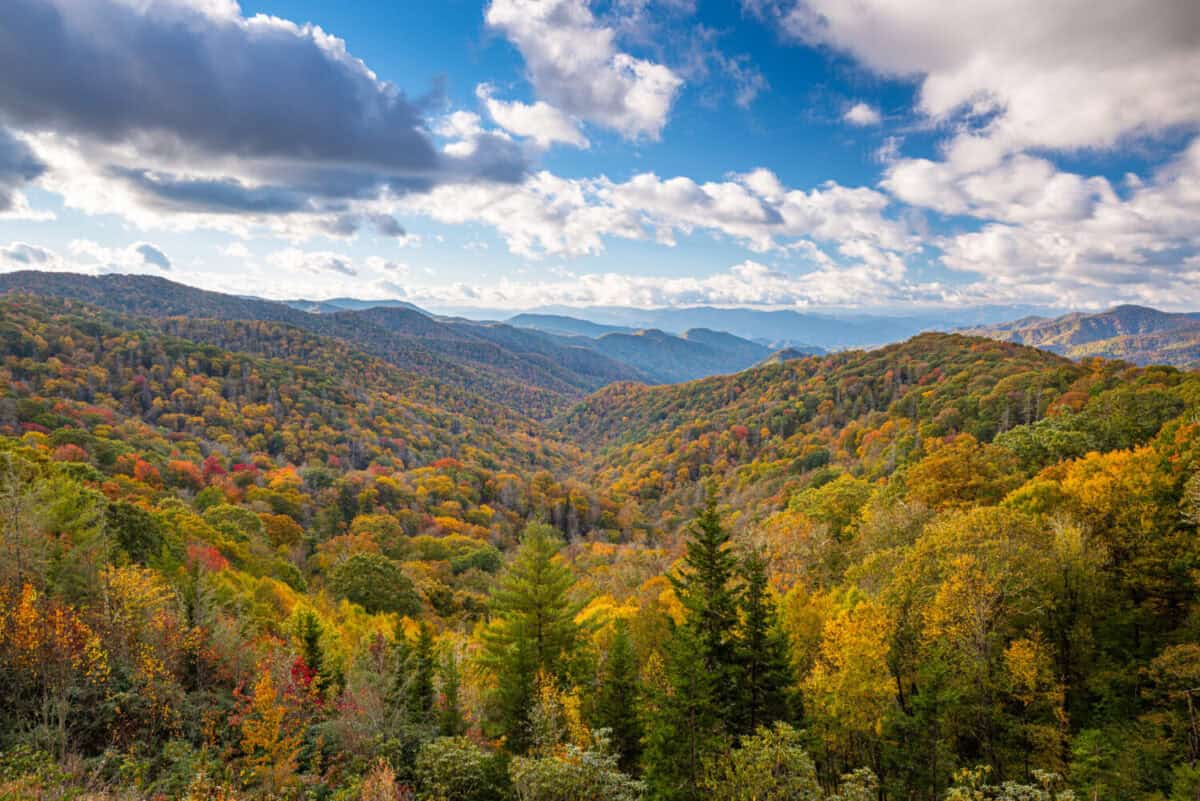
©Sean Pavone/Shutterstock.com
Home to more than 3,500 different plant and animal species is the Great Smoky Mountains National Park. More than 200,000 hectares (one hectare equals 2.4 acres) stretch between Tennessee and North Carolina.
La Fortaleza and San Juan National Historic Site

©Todamo/Shutterstock.com
Built into the bay of San Juan, Puerto Rico, UNESCO declared this 16th-century fortress a UNESCO World Heritage Site. The fort was built to help the Europeans protect the city of San Juan against any pirates and other invaders.
Statue of Liberty
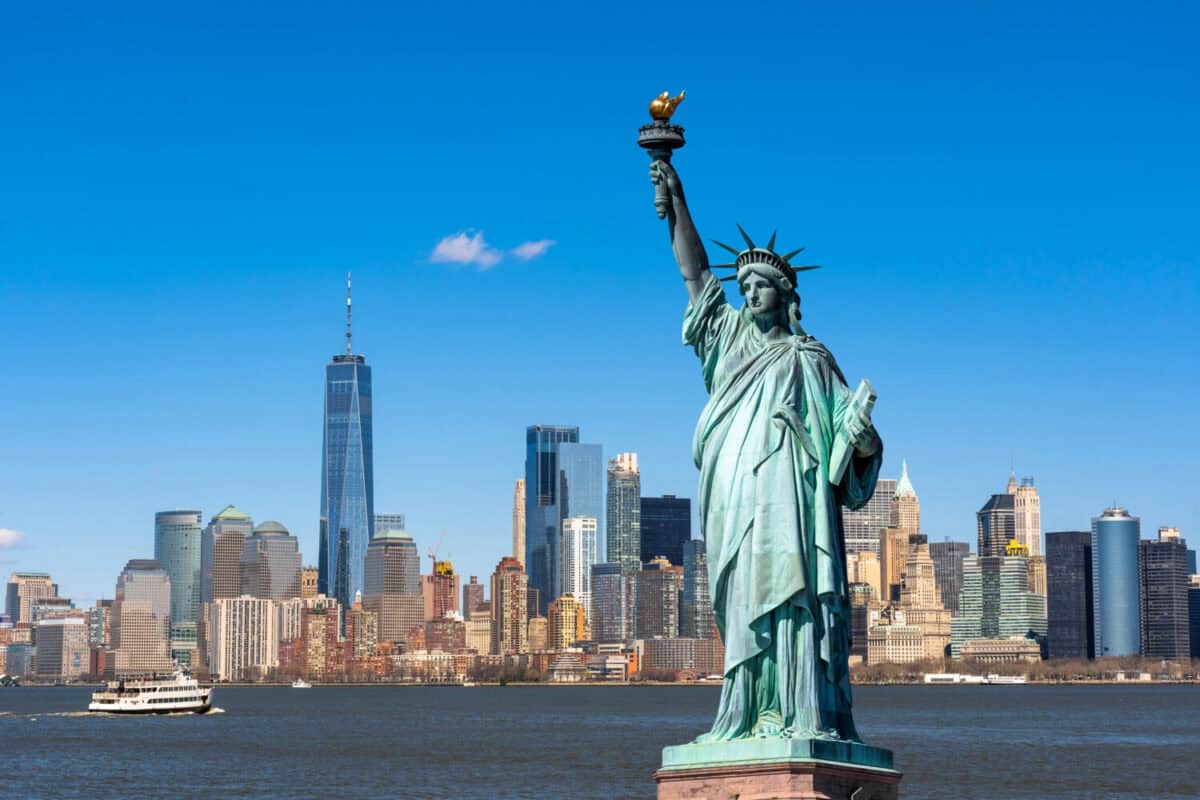
©TZIDO SUN/Shutterstock.com
Donated to the U.S. in 1886 by France, the Statue of Liberty was presented to celebrate a century of American independence. The Statue of Liberty has also long been a symbol of welcoming immigrants to America.
Yosemite National Park

©Nyokki/Shutterstock.com
Stretching more than 30,000 hectares, Yosemite National Park is a UNESCO World Heritage site. Located in California, numerous waterfalls, lakes, valleys, and meadows attract millions of visitors every year.
Chaco Culture

©kojihirano/Shutterstock.com
For over 2,000 years, the Pueblo people occupied much of the southwest of the United States. Chaco Canyon was home to Pueblo culture between 850 and 1250 and was a focal point for ceremonies and trade with other tribes.
Hawaii Volcanoes National Park

©LouieLea/Shutterstock.com
Designated a World Heritage site in 1987 is Hawaii Volcanoes National Park. Home to both Mauna Loa and Kilauea, previous volcanic eruptions have created a beautiful landscape that is constantly changing.
Monticello and the University of Virginia
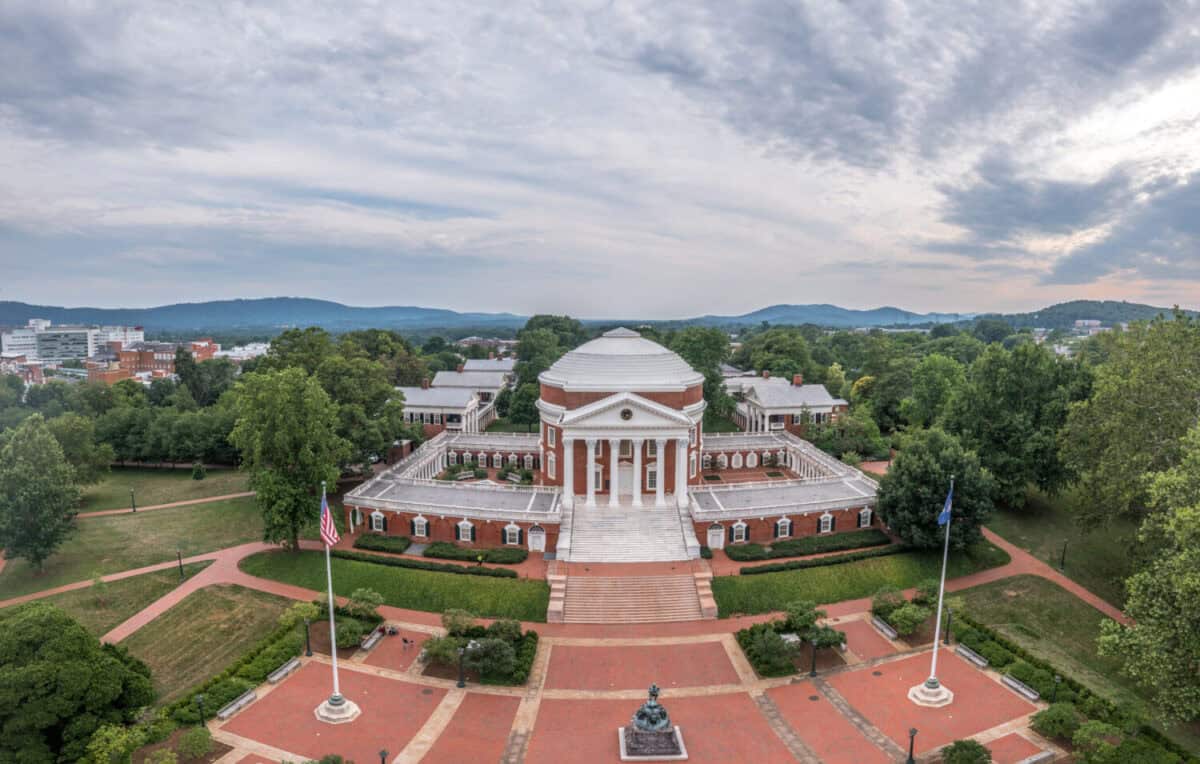
©tokar/Shutterstock.com
Located in Charlottesville, Virginia, Monticello was originally the plantation home of former U.S. President Thomas Jefferson. Built between the 18th and 19th centuries, this site was designated as a UNESCO site in 1987 due to Jefferson’s architectural design choice.
Taos Pueblo
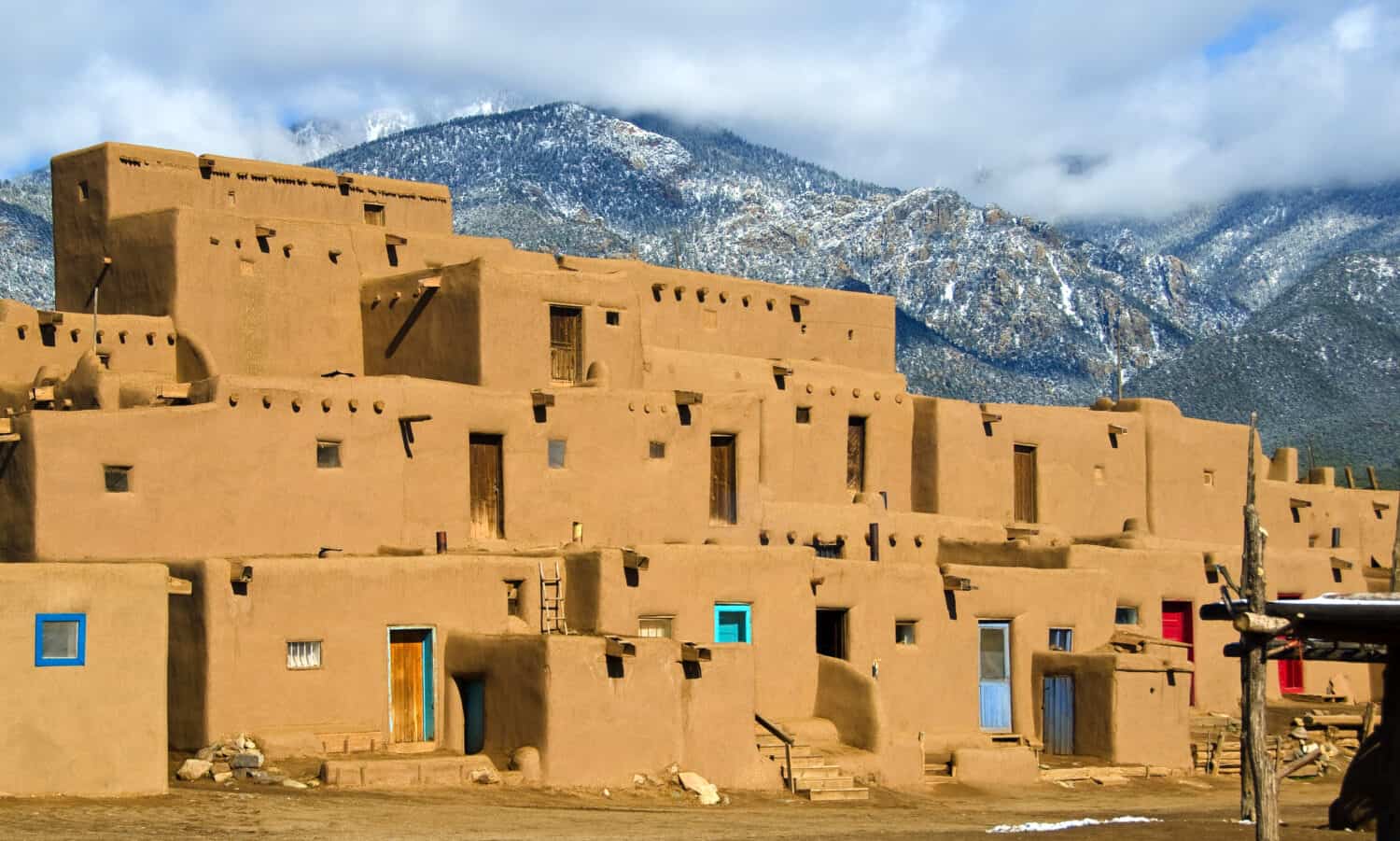
©Dan Kaplan/Shutterstock.com
Still an active Native American location, Taos Pueblo was designed by UNESCO in 1992. Situated in the heart of the Rio Grande, there is a mix of both dwellings and ceremonial buildings representing Pueblo culture.
Carlsbad Caverns National Park
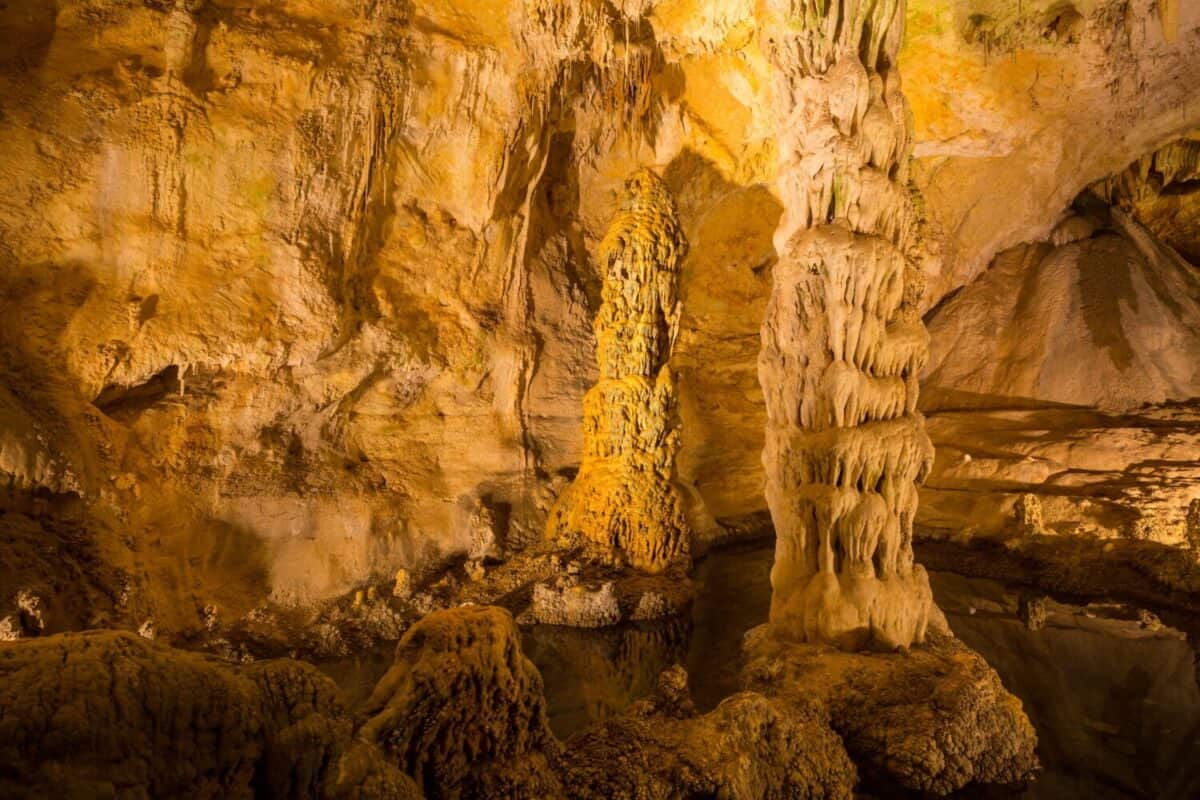
©Galyna Andrushko/Shutterstock.com
A spread of more than 80 different caves, Carlsbad Caverns National Park is beloved for its incredible mineral formations. Because of the pristine cleanliness of the area, Carlsbad has been used for geological and biological studies.
Papahānaumokuākea
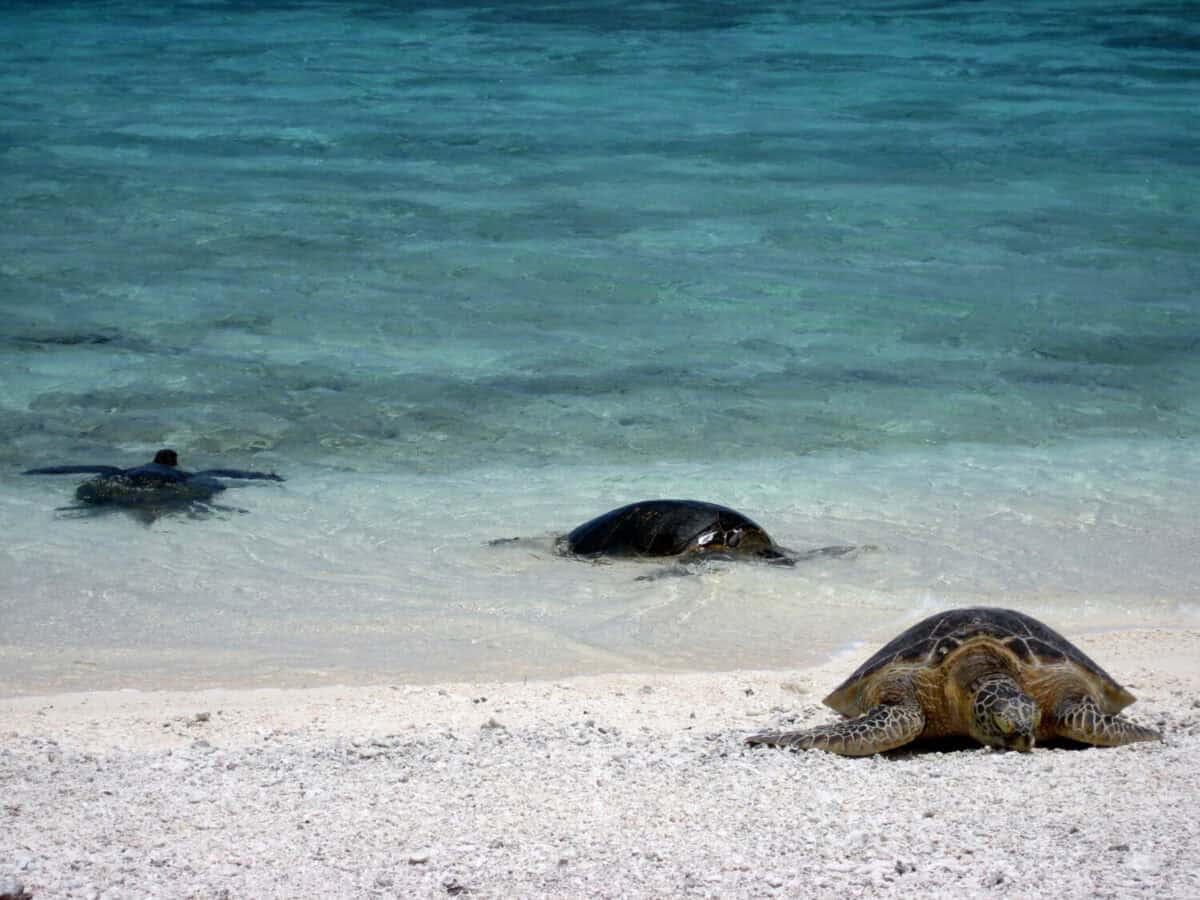
©lego 19861111/Shutterstock.com
Better known as an island cluster in Hawaii, Papahānaumokuākea is an area of extreme protection for marine life. Between the coral reefs, dolphins, and sea turtles, there are also archeological remains from pre-European settlements.
Monumental Earthworks of Poverty Point

©EWY Media/Shutterstock.com
Close to the Mississippi River, the Monumental Earthworks of Poverty Point was built around 3,500 years ago. It’s believed the area was used for both residential and ceremonial purposes by the hunter-fisher-gathers who lived on the site thousands of years ago.
San Antonio Missions

©Jaclyne Ortiz/Shutterstock.com
Designated a UNESCO site in 2015, the San Antonio Missions are a beautiful place to visit. A set of five frontier complexes located along the San Antonio River, these buildings were established by 18th-century Franciscan missionaries.
The 20th-Century Architecture of Frank Lloyd Wright

©Zack Frank/Shutterstock.com
Consisting of eight different buildings, the 20th Century Architecture of Frank Lloyd Wright spreads across Illinois, Wisconsin, Pennsylvania, Arizona, and New York. Wright is one of the most famous architects of all time with his unique ability to shape concrete and steel.
Hopewell Ceremonial Earthworks
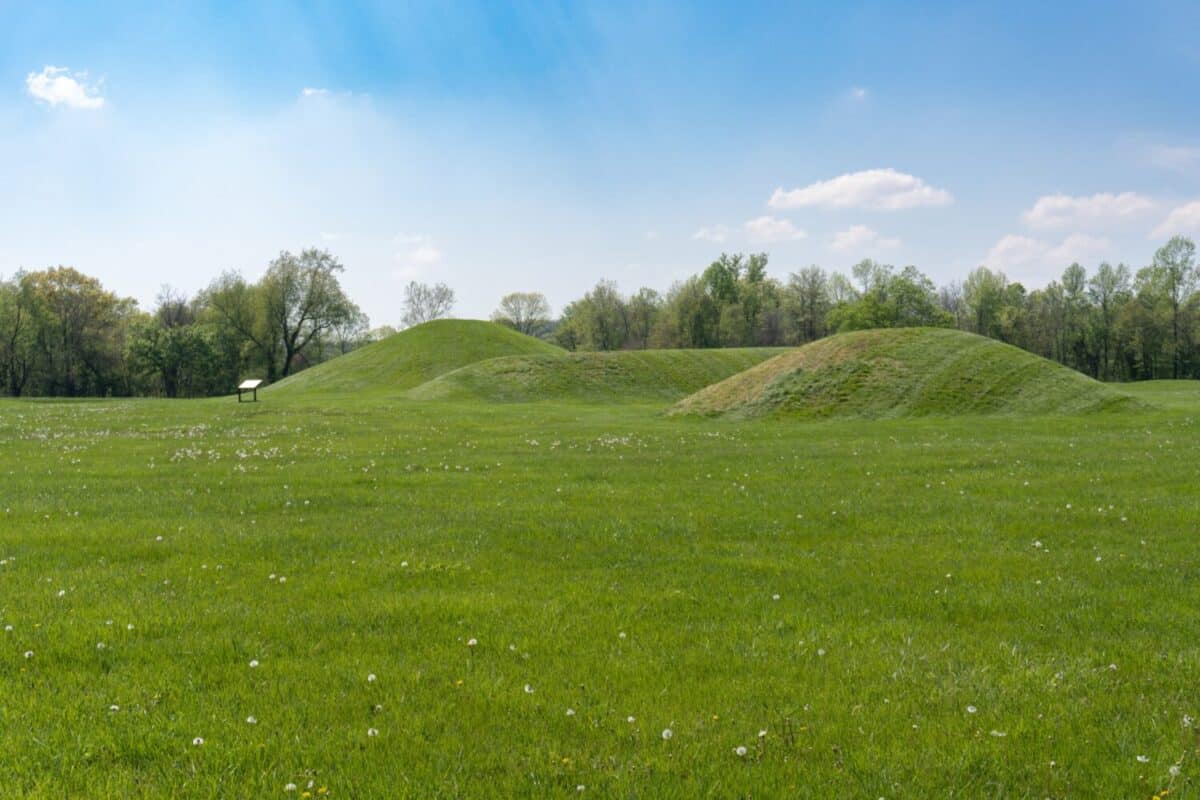
©EWY Media/Shutterstock.com
Established as a World Heritage Site in 2023, the Hopewell Ceremonial Earthworks are gorgeous. A mix of eight different monumental earthen-enclosed complexes that are at least 1,600 years old. It’s believed this area is a strong representation of the Indigenous population and was a location used for trade.
Waterton Glacier International Peace Park
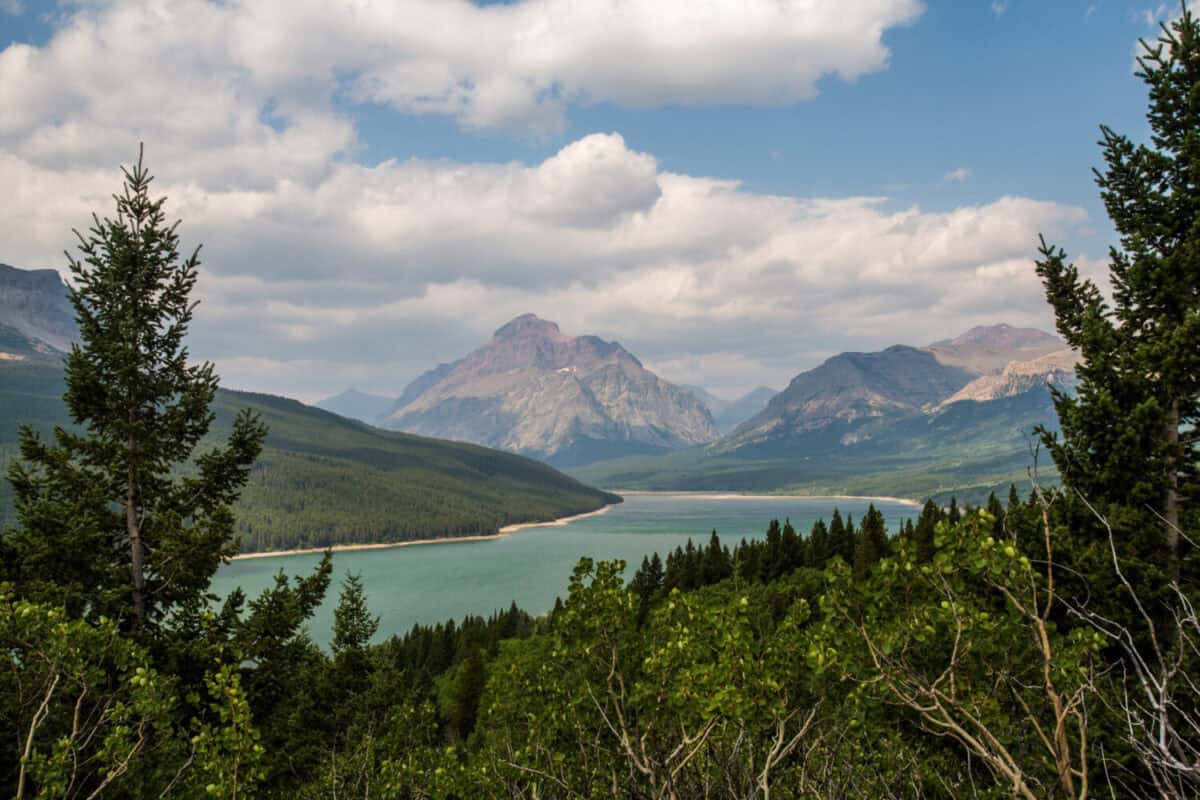
©MISHELLA/Shutterstock.com
Established in 1932, the Waterton Glacier International Peace Park is a combination of Canadian and American national parks. The world’s first International Peace Park, the area is filled with plant, tree, and animal species.